In these summer days theAll England Lawn Tennis Club shines in its own light, drawing fans and onlookers from all over the world. The Wimbledon Championships, coming as usual between late June and early July, can be called the pinnacle of tennis spectacle on grass. Against a backdrop of living tradition stands the Wimbledon Lawn Tennis Museum, a place where the history of tennis takes shape and becomes an interactive and cultural experience.
Located within the prestigious Wimbledon clubhouse in London, in close proximity to the courts, the museum was opened in 2006, on the occasion of the centenary of the Championships, by the Duke of Kent. Inside is the world’s largest collection dedicated to tennis, with more than 40,000 artifacts ranging from items dating back to the 19th century to the most modern accessories of the Open Era. In fact, the museum’s origins date back to 1977, with the first official collection housed on Centre Court for the centennial celebrations. Over the years, the museum has undergone various evolutions, often led by figures such as Honor Godfrey, curator between 1999 and 2014, who helped transform it from a simple collection into a comprehensive cultural experience. Exhibitions are renewed seasonally, with new installations and insights devoted to specific moments and figures from the Championships.
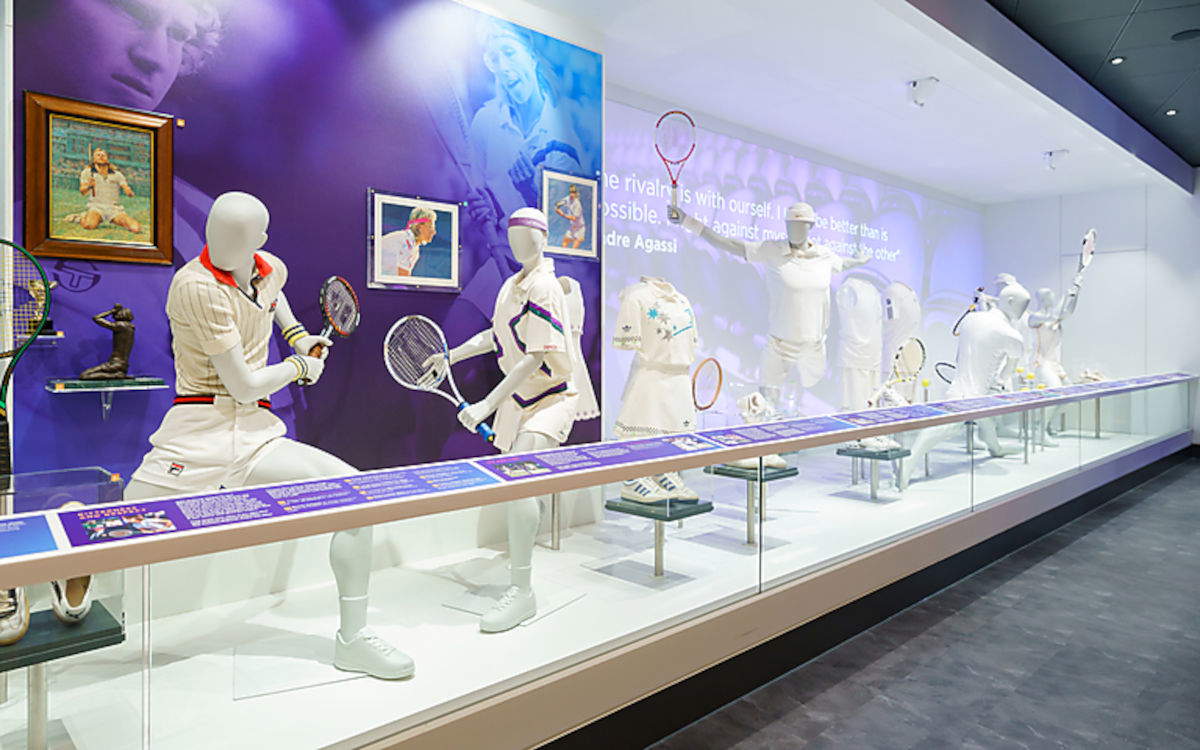
Today the museum spans multiple areas and is one of the most interesting cultural experiences related to the sport. The visit begins with a discovery of the early origins of modern tennis. The museum tour reconstructs the evolution of the sport, starting from wooden rackets and rudimentary nineteenth-century tools, to the composite materials-we’re talking fibreglass, graphite, and other polymers-that revolutionized techniques and styles of play.
Of absolute prominence is the section devoted to trophies: the men’s Gentlemen’s Singles Trophy in gilded silver presented by the All England Club in 1887 and the elegant silver salver (a flat tray), known as the Rosewater Dish or Venus Rosewater Dish, awarded to the women’s champion, introduced in 1886 when the challenge round was instituted. Made of sterling silver with gold trim, the dish is 18.75 inches in diameter. The decorative apparatus is inspired by mythology: in the center appears the allegorical figure of Temperance, seated on a casket, holding a lamp in her right hand and a pitcher in her left, surrounded by symbolic attributes such as a scythe, pitchfork and caduceus. Four reserves arranged on the surface of the plate depict as many classical deities associated with the elements. On the rim, on the other hand, are depicted the seven liberal arts under the guidance of Minerva, each accompanied by its distinctive tools: astrology, geometry, arithmetic, music, rhetoric, dialectic, and grammar.
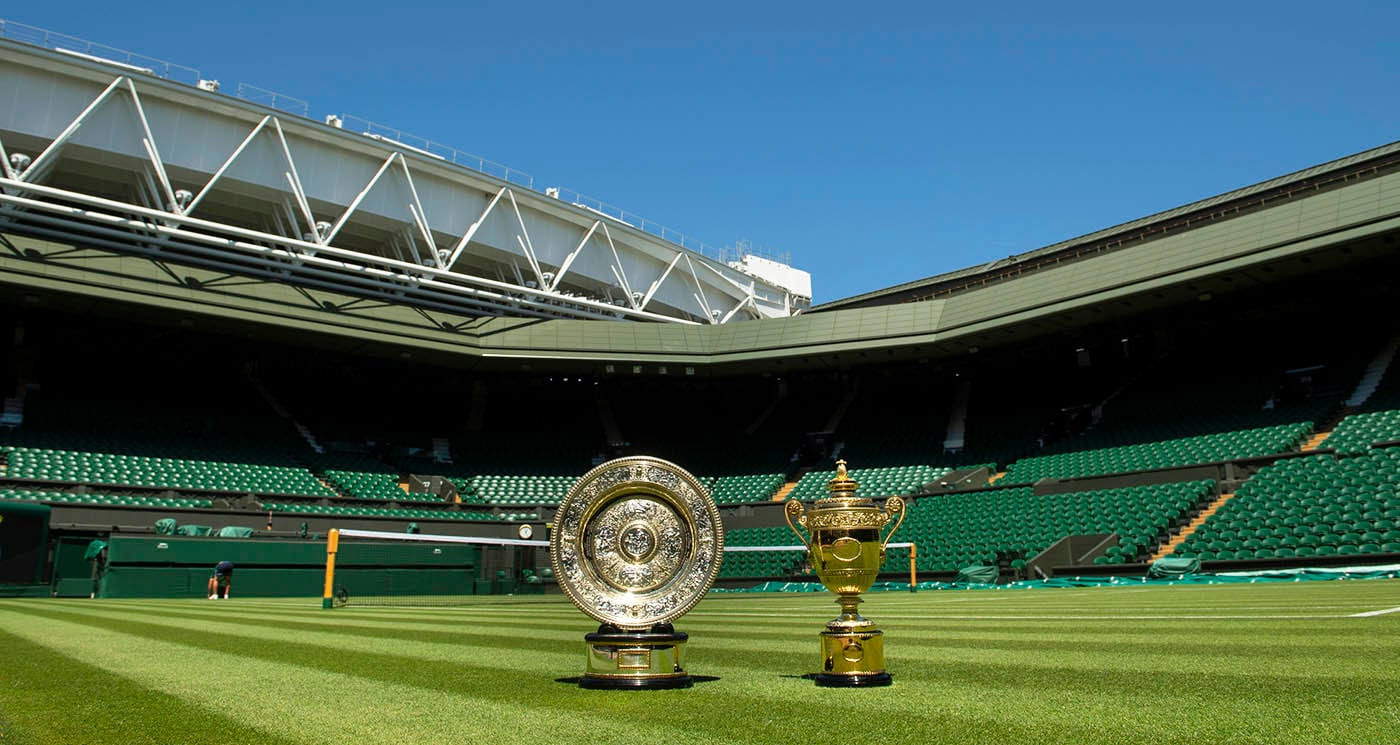
The museum’s prominent collections also include several thematic cores. The ephemeralsection housesofficial championship posters dating from the early twentieth century, while the decorative arts core includes objects and souvenirs related to tennis and other racquet sports, produced between the mid-nineteenth century and the second half of the twentieth century. The collection includes ceramics, porcelain, and artifacts made of silver, pewter, and other materials, often embellished with symbolic motifs or game scenes. Prominent among the objects are mugs, vases, ashtrays, tiles, matchboxes, powder boxes, confectionery, tea and desk items. Some specimens differ in Art Nouveau style, others are related to places such as Gorleston-On-Sea or Margate. There is no shortage of commemorative pieces, dedicated to historical tennis figures, such as William Renshaw, or to sporting anniversaries, such as the 75th anniversary of Wimbledon.
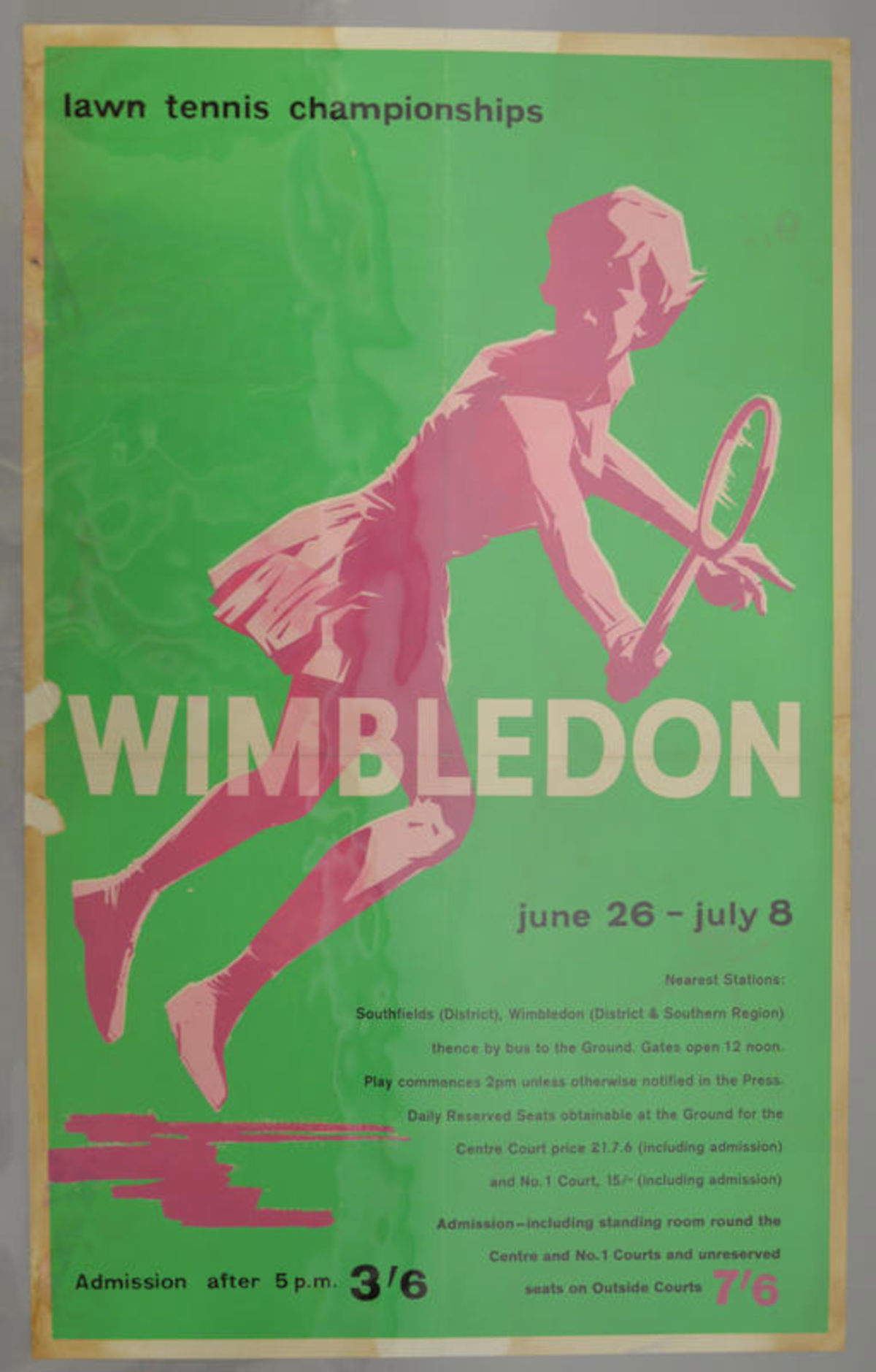
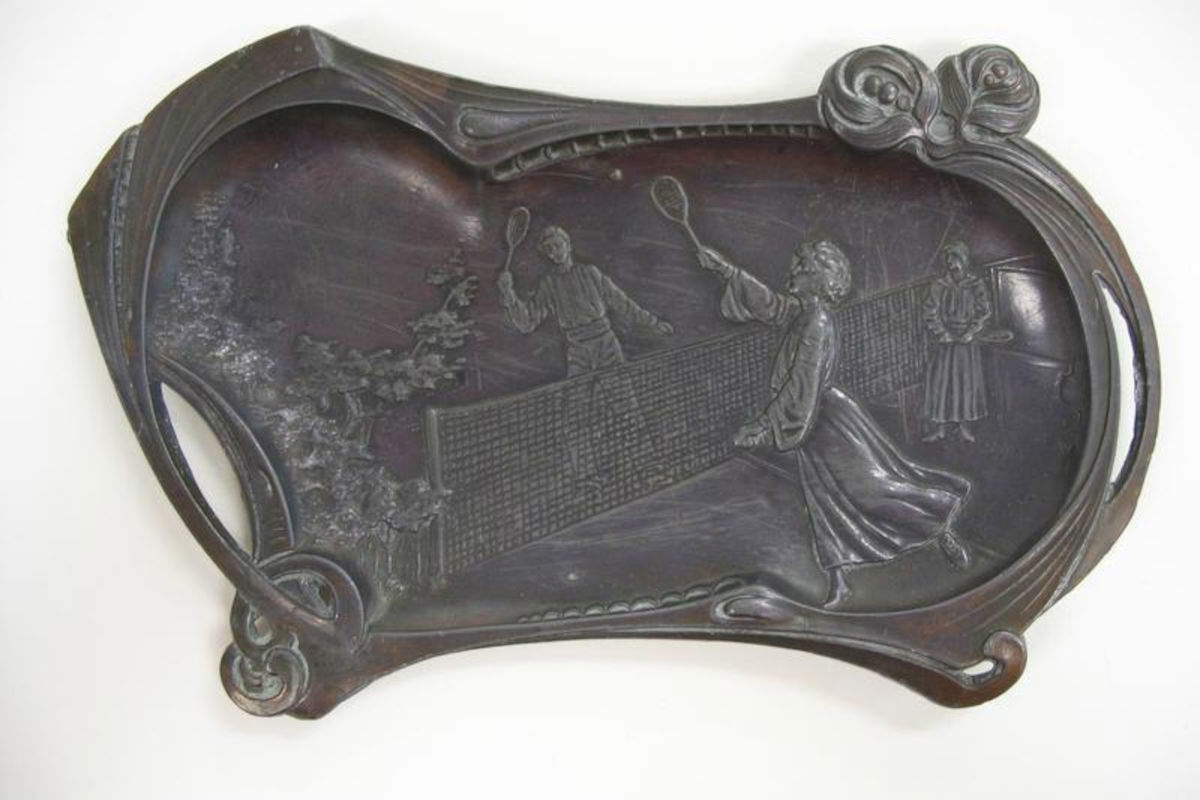
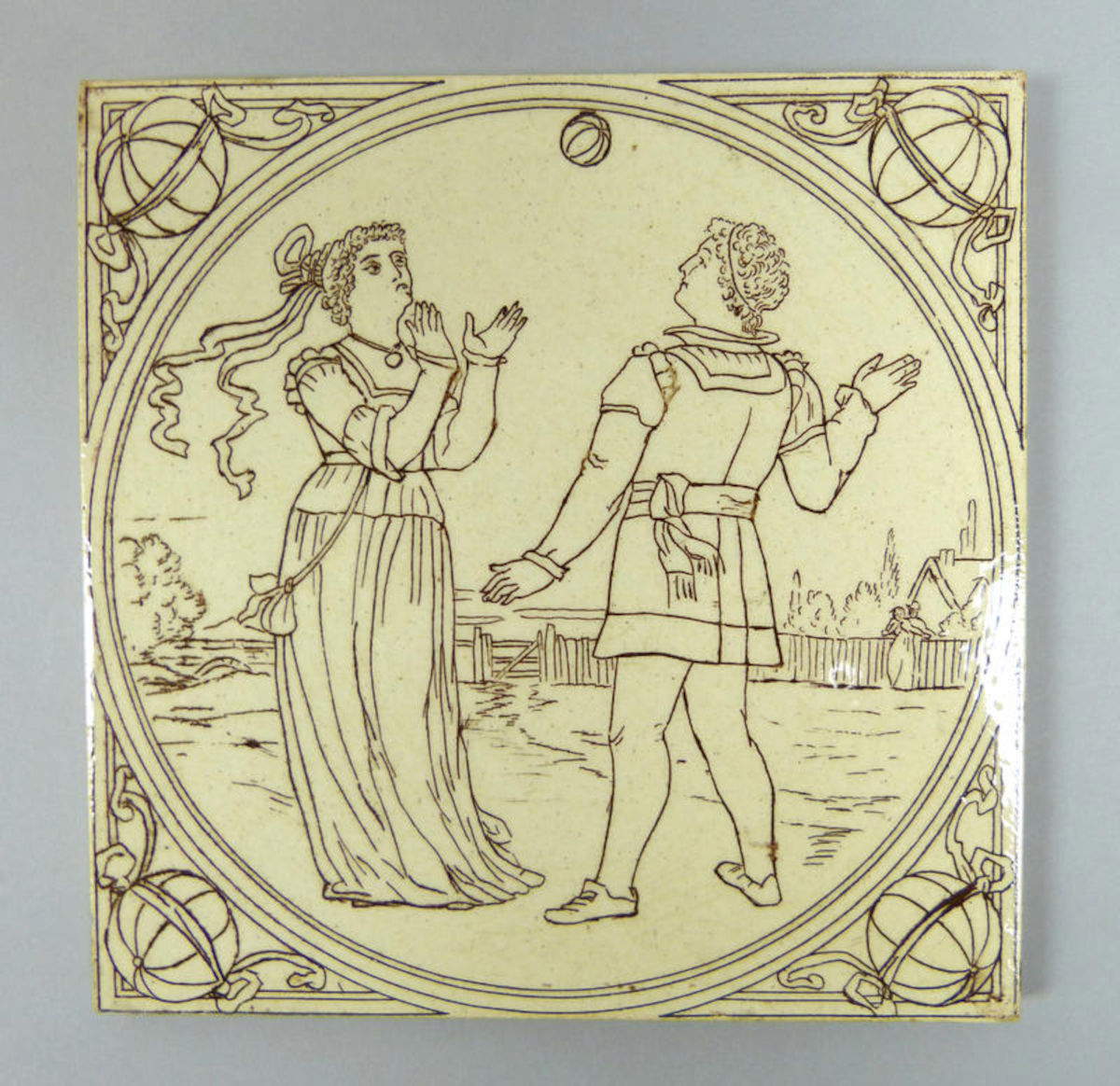
The fashion collection, on the other hand, features a selection of clothing and footwear that chronicle the evolution of tennis attire. In addition to vintage linen, silk and cotton garments dating from the late 19th century and the 1920s and 1930s, there are shoes worn during Wimbledon tournaments by champions such as Andy Roddick (2009), Rafael Nadal (2008, 2010), Andy Murray (2012), Simona Halep and Petra Kvitova (2014), as well as Chris Evert in the 1980s and 1989. Completing the collection are accessories such as scarves, hats, and ties related to figures in the tournament organization. The ensemble testifies to the stylistic evolution and pays homage to modern and historical tennis figures.
The section devoted to playing equipment documents, through a rich collection of rackets, the technical and formal evolution of tennis between the 19th and 20th centuries. Prominent among the oldest pieces are the racket with tilted head that belonged to William Renshaw (1870) and a rare miniature model with asymmetrical head (1885). There are pioneering instruments such as the Sphairistiké set from 1874, one of the earliest games assimilated to modern tennis, and curious accessories, such as a horse boot used to pull rollers in grassy fields (1880). The rackets also tell of innovation in materials: from the wood of the Dunlop ’Maxply’ (1932) and Donnay ’Combat’ (1949), to the steel of the Accles & Pollock (1930) or the Wilson T-2000, wielded by Ann Jones in 1969. Some models have experimental features, such as the curved handles of the Erge Anatomic (1983), the double stringing of the Blackburne DS 107 (1997) or the oversized heads of The Weed (1980).
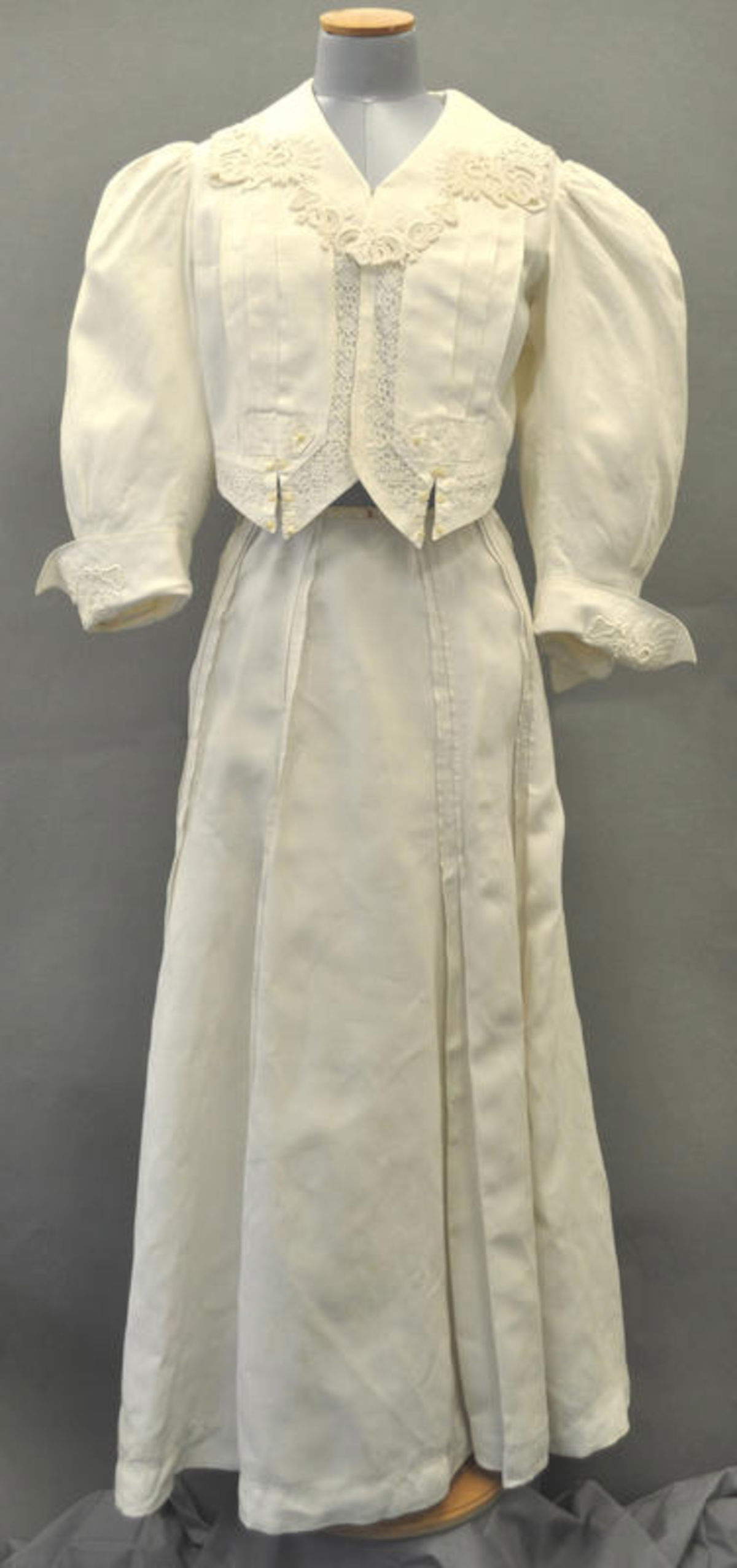

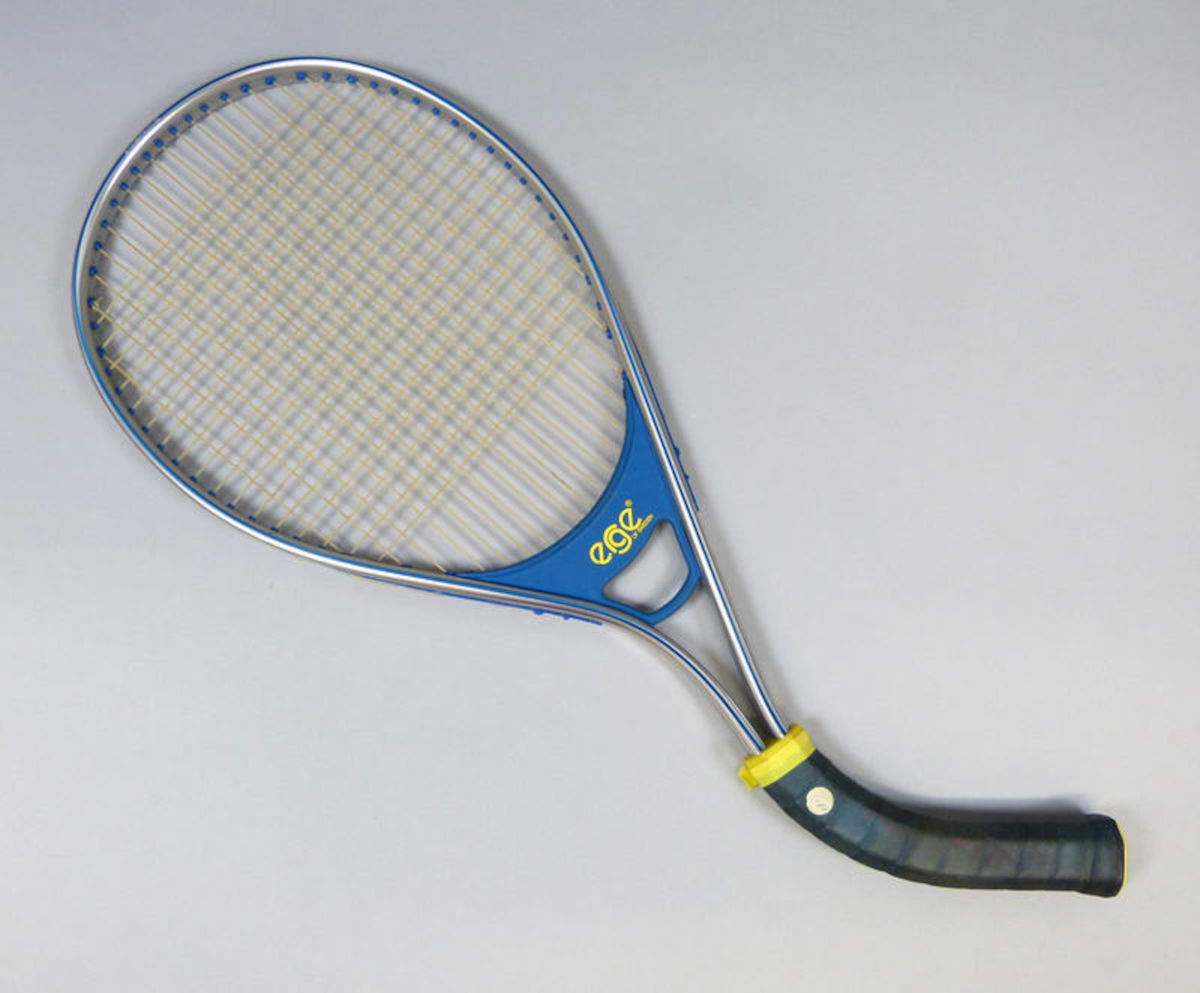
Among the most interesting pieces are rackets that belonged to famous tennis players such as Chris Evert, Arthur Ashe and Björn Borg, along with prototypes such as the Dunlop Fort Maxply with open throat (1978). Accessories such as court tape gauges, ball containers, hand-sewn leather specimens (Slazenger, 1920s) and six-packs of white balls from 1947 round out the collection. Some items, such as the Acro ’Adjustable’ with adjustable frame or the 1987 Ergonom with off-center head, testify to the continuous search for new solutions to improve performance and control.
Finally, the photographic collection brings together a selection of vintage images and postcards, mostly in black and white, depicting tennis players active between the 1920s and 1950s, with some earlier exceptions (1850-1900) devoted to croquet. The photographs immortalize such personalities as Elizabeth Ryan, Bill Tilden, Henri Cochet, Dorothy Shepherd-Barron, Jacques Brugnon, Algernon Kingscote, Leslie Godfree, Harry Hopman, Cilly Aussem, and Daphne Akhurst. Several shots document important events: the on-court debuts of Kingscote and Godfree in 1922, the 1921 quarterfinals between Randolph Lycett and Zenzo Shimizu, and the 1953 Coronation match. Rare images of the waiting crowds at the entrance to the Worple Road club are also featured, along with portraits of lesser-known but relevant athletes in tennis history.
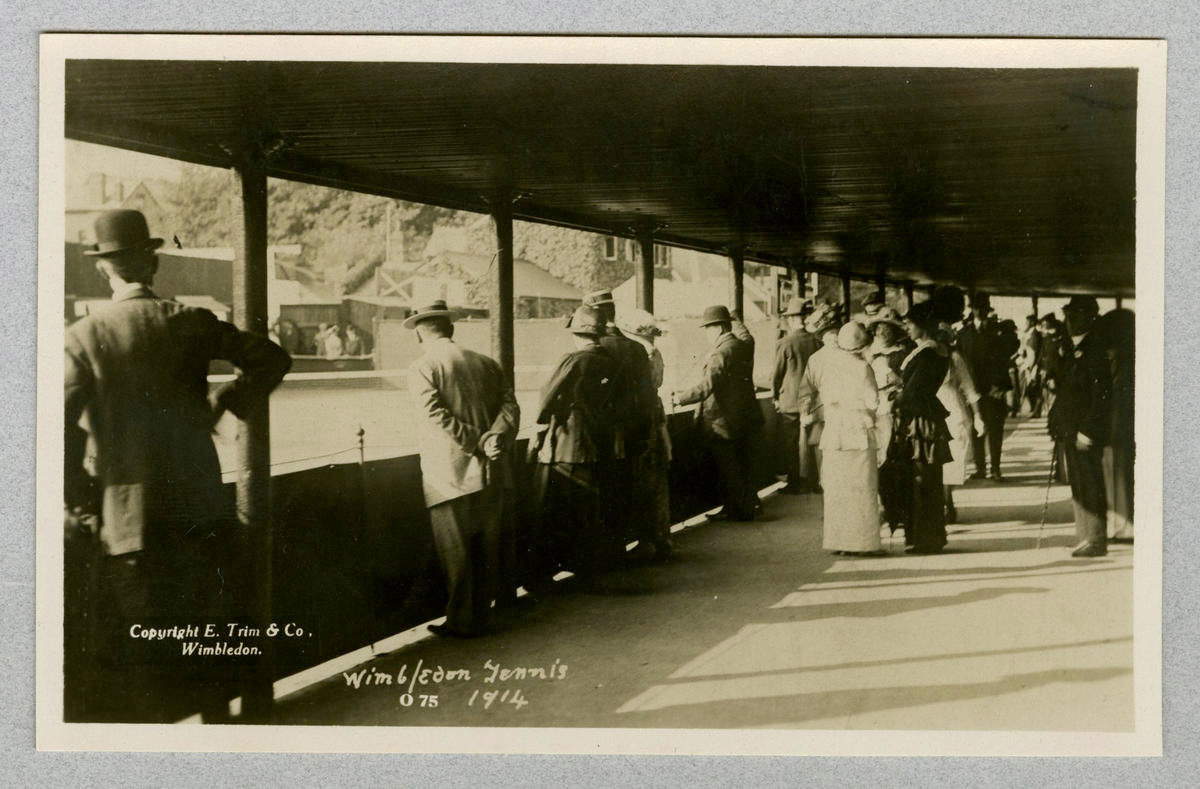
Inevitable, then, is The Whites of Wimbledon space, which pays homage to the evolution of the official uniform over the seasons. Indeed, the culture of whiteness, the symbol of the tournament, is a further thread running through the exhibition. In fact, the museum displays vintage uniforms, from 19th-century long skirts to technical shirts and suits designed by contemporary designers, and shows how the sporting aesthetic of tennis has combined elegance and functionality. A constant reminder of the purity of the grass court, the rule and rigor, still in force today, of theall white.
Yet the experience is not limited to the exhibits. Thanks to interactive and multimedia technologies, visitors can delve into the very atmosphere of Centre Court. Indeed, a virtual reality section allows visitors to relive memorable points, feel the physics of the grass, and understand the dynamics of the game at high levels. Characteristic, for example, is the virtual experience with John McEnroe, nicknamed The Genius, a tennis player who held the world number one ranking for four years in a row, from 1981 to 1984. But what is it all about? The simulation of the sportsman comes in the form of a hologram that guides visitors through usually inaccessible areas, revealing anecdotes and trivia from behind the scenes and the moments before he stepped onto the court.
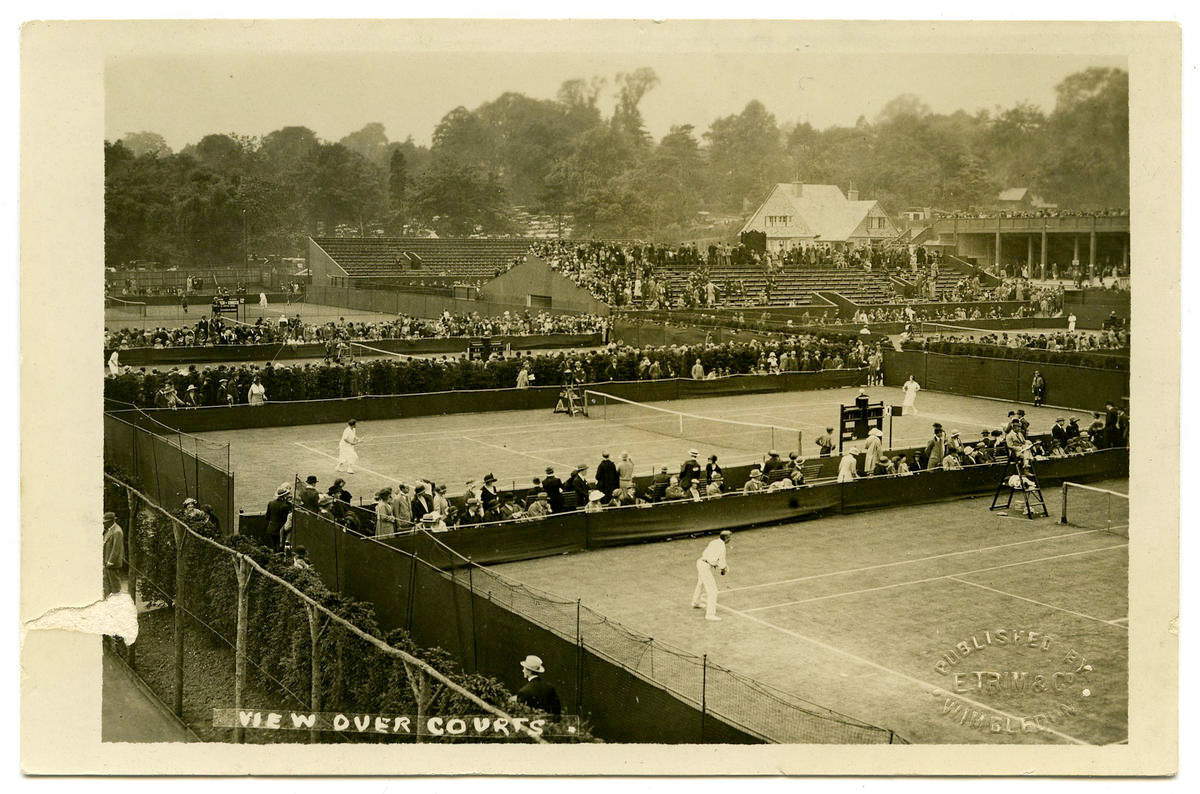
Additional multimedia content is enriched with touchscreens and interactive consoles that allow visitors to experience specific aspects of turf-related science, such as tightness, fibrillation, and responsiveness, enhanced by historical video sequences and virtual games that engage younger children.
Alongside all this is the Kenneth Ritchie Wimbledon Library, the world’s largest library devoted entirely to tennis. It holds books, magazines, films, historical documents and audiovisuals, making it a key resource for fans, researchers and journalists who wish to explore lesser-known aspects of the sport.
From June 30 to July 19, 2025, access to the museum and interactive areas is restricted to tournament ticket holders only, to preserve the integrity and experience of the sporting event. After that period, the museum reopens to the public, also offering tours led by experienced Blue Badge guides. Tours include exclusive tours of Centre Court, the players’ locker room and trophy room, also available in Italian, French, Spanish, German and British Sign Language, with audio guides to support. The combination of technology, storytelling and interaction makes the museum a dynamic reality, capable of engaging a wide audience, from toddlers to families.
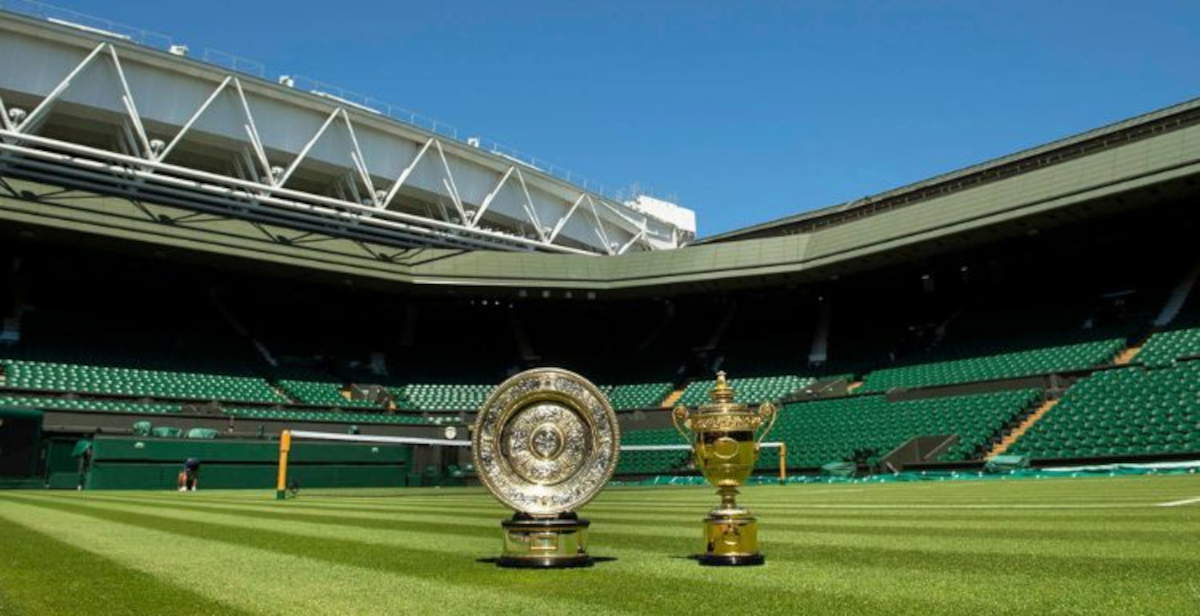 |
| Did you know that there is a tennis museum in Wimbledon? Here is its history |
Warning: the translation into English of the original Italian article was created using automatic tools. We undertake to review all articles, but we do not guarantee the total absence of inaccuracies in the translation due to the program. You can find the original by clicking on the ITA button. If you find any mistake,please contact us.